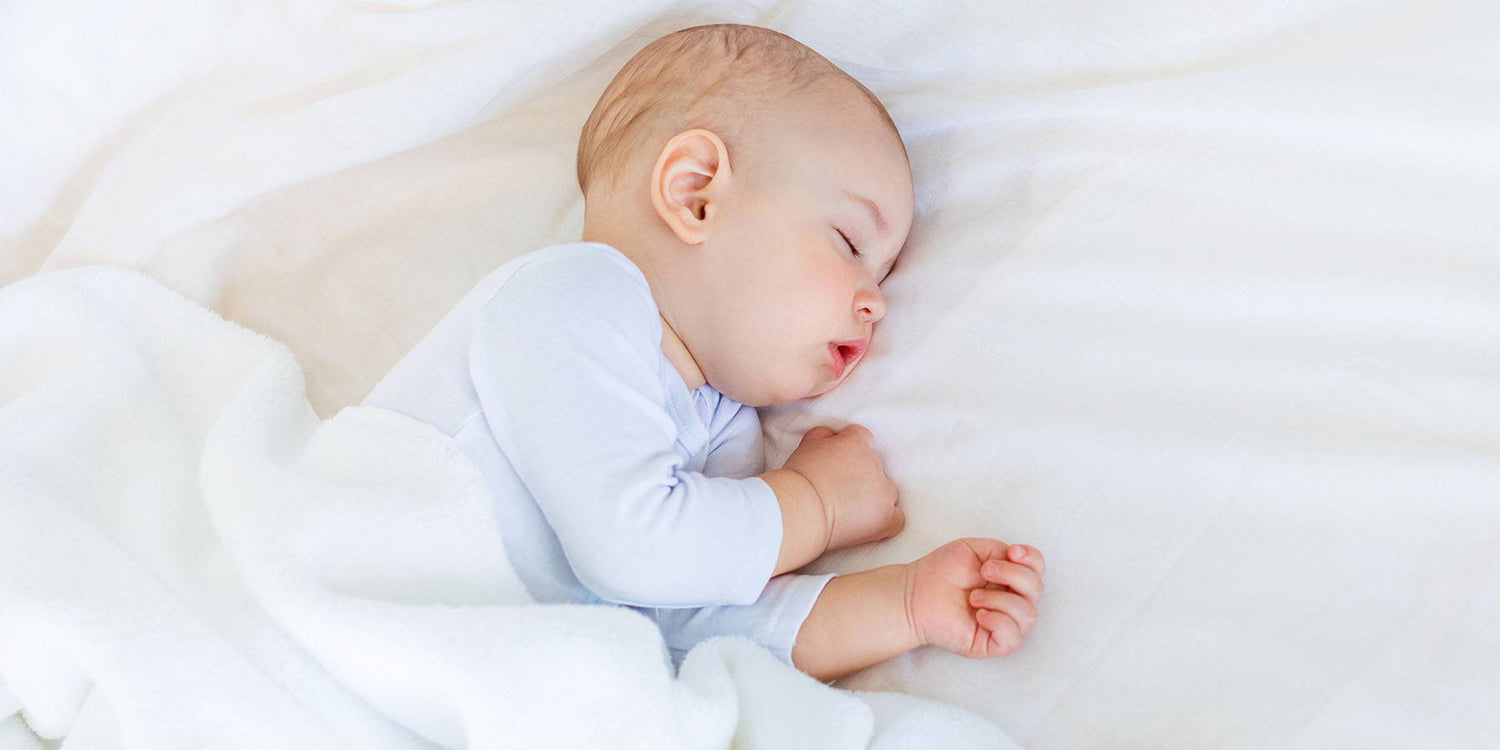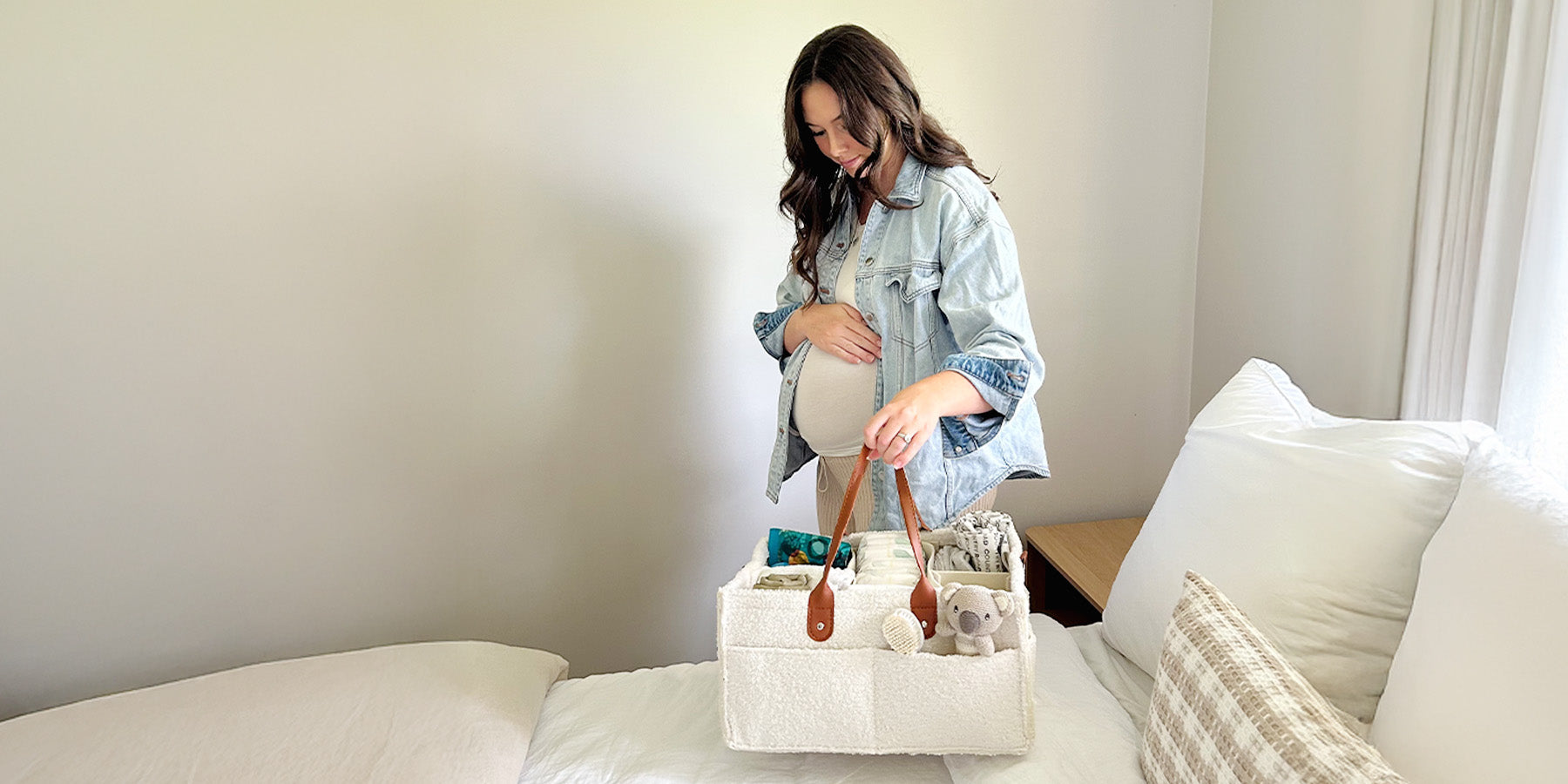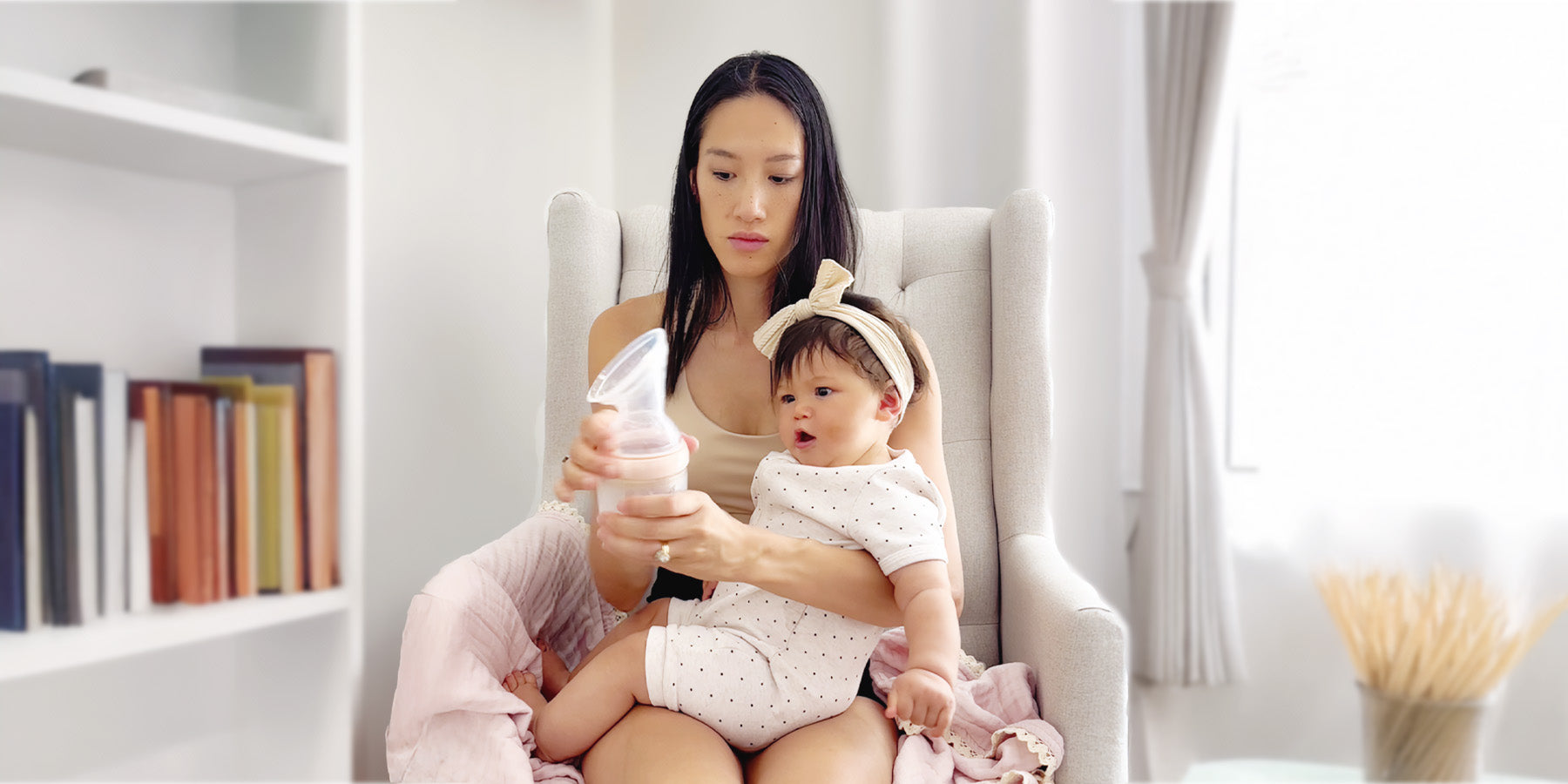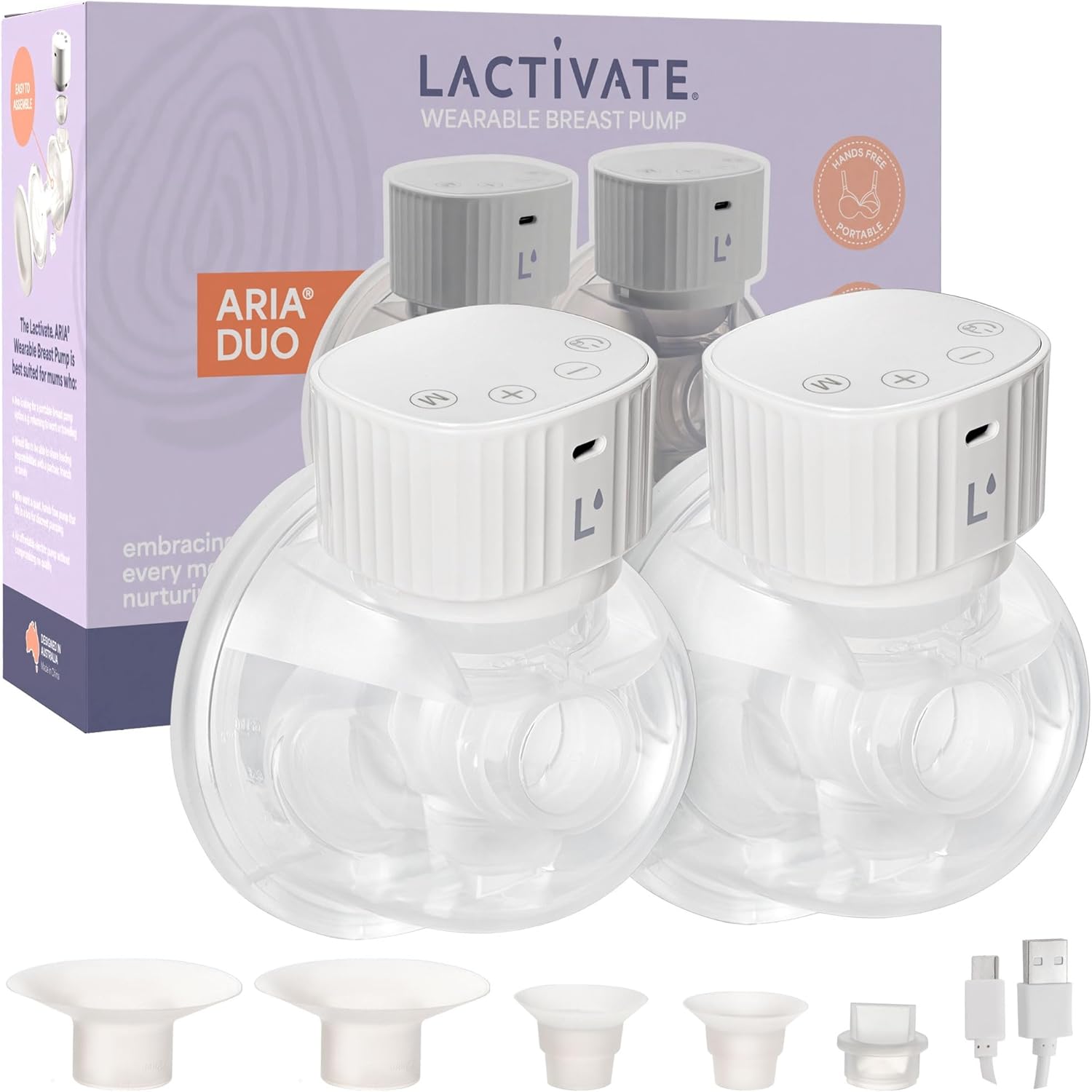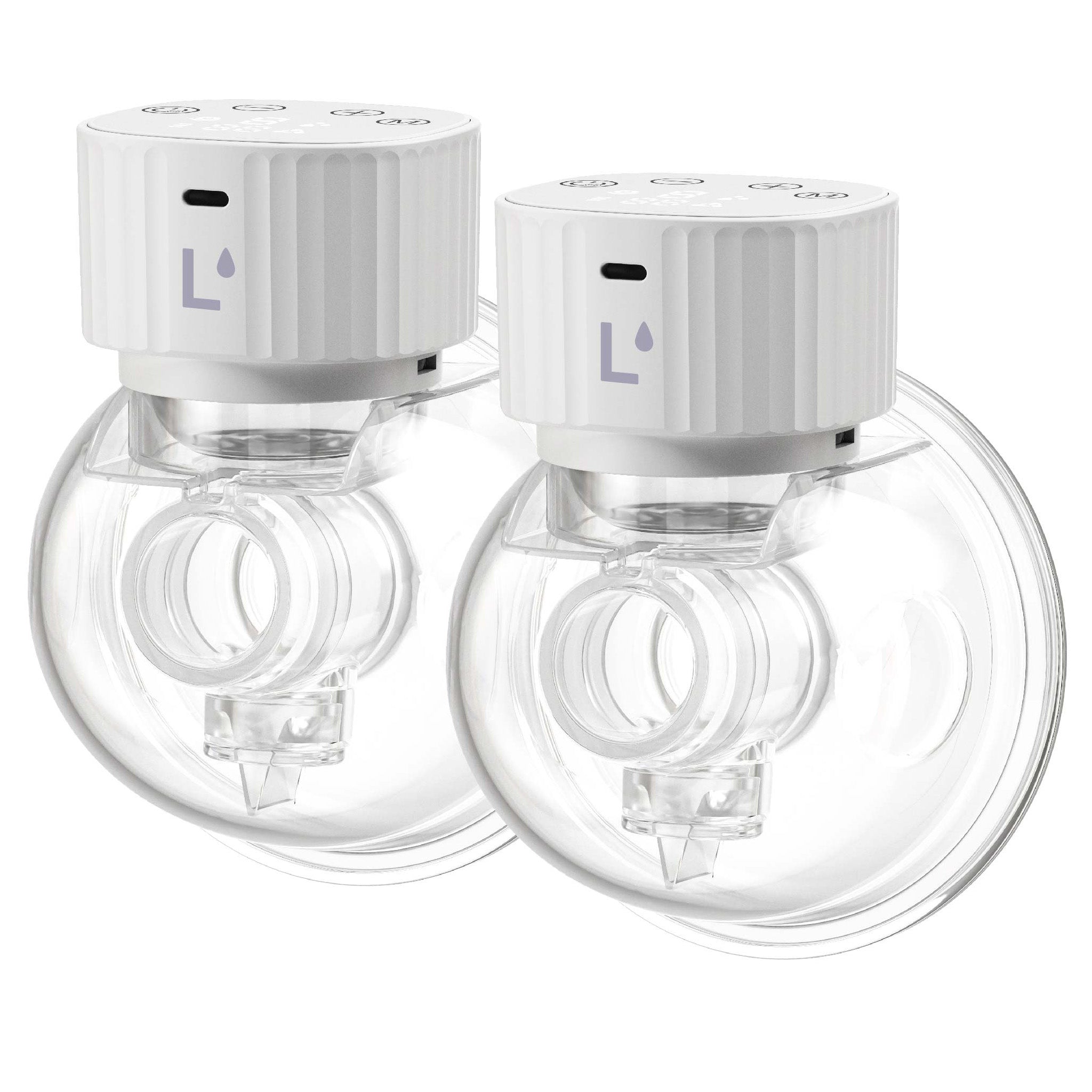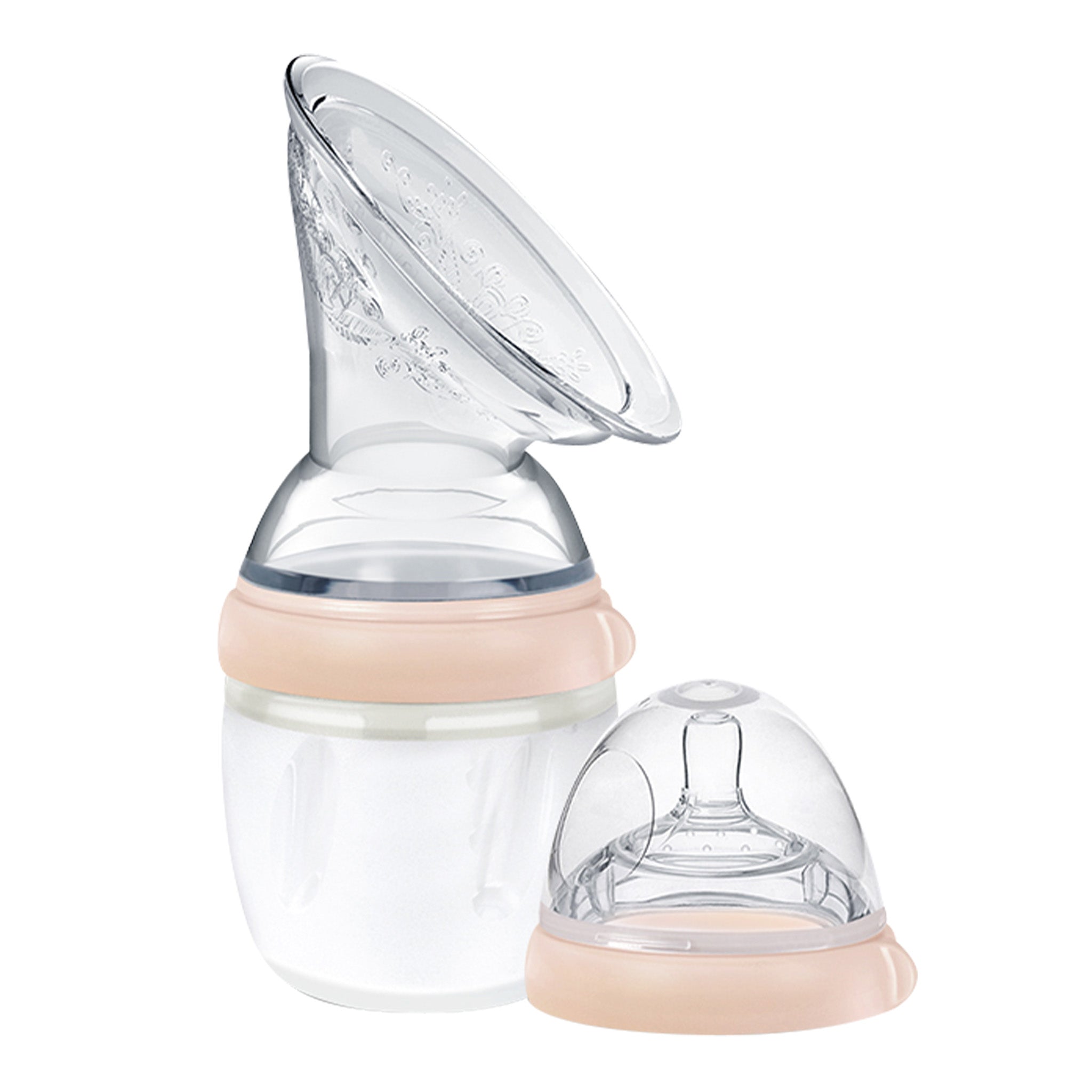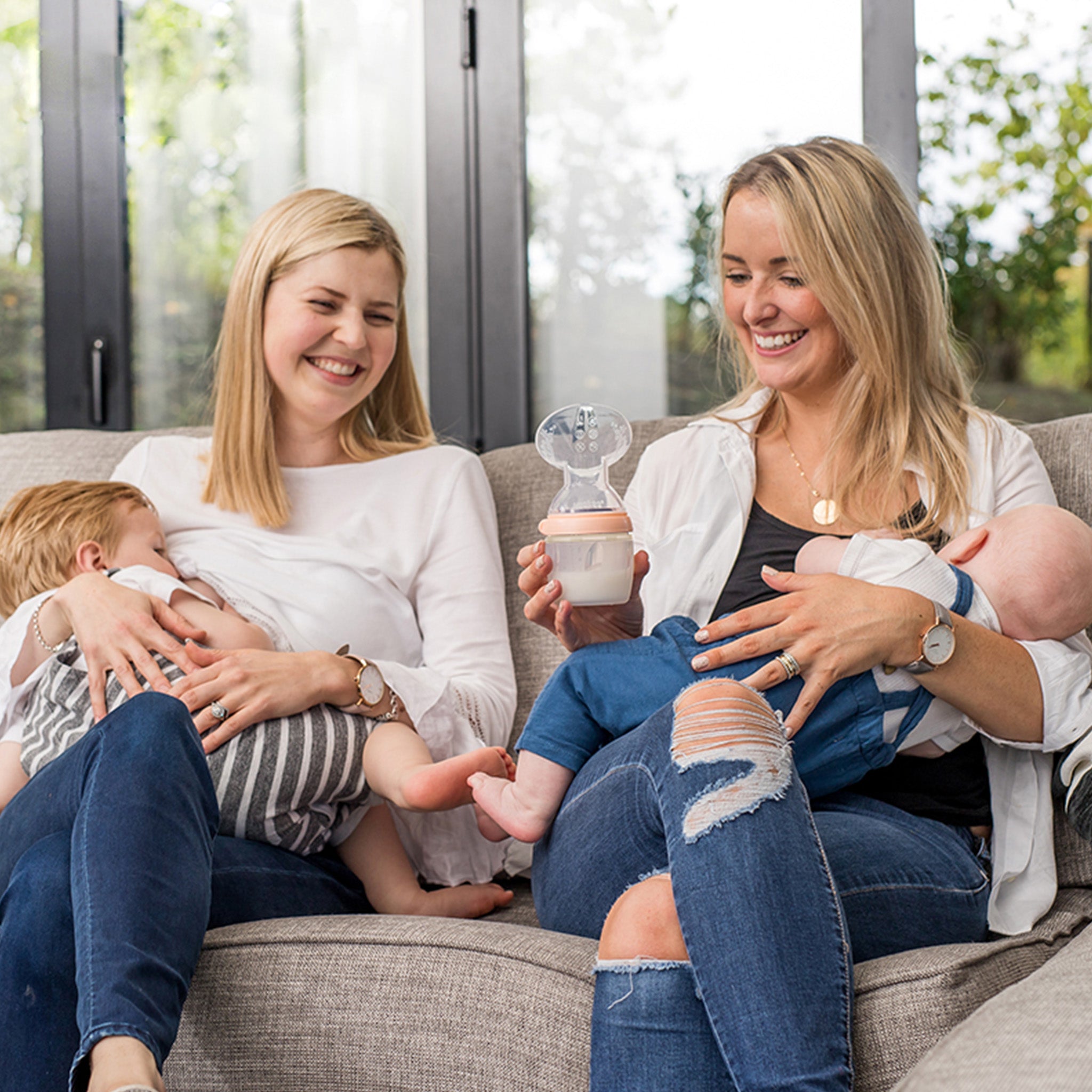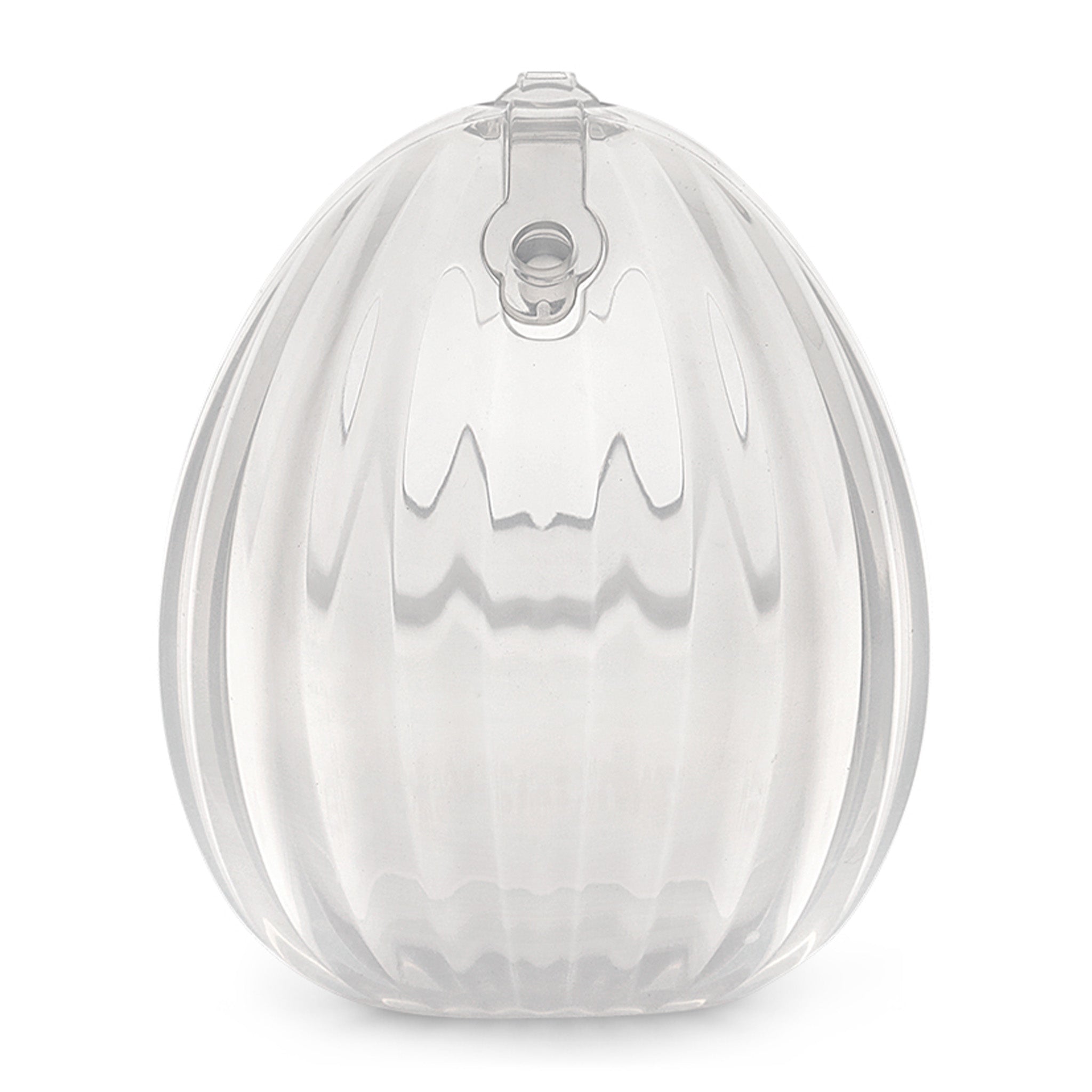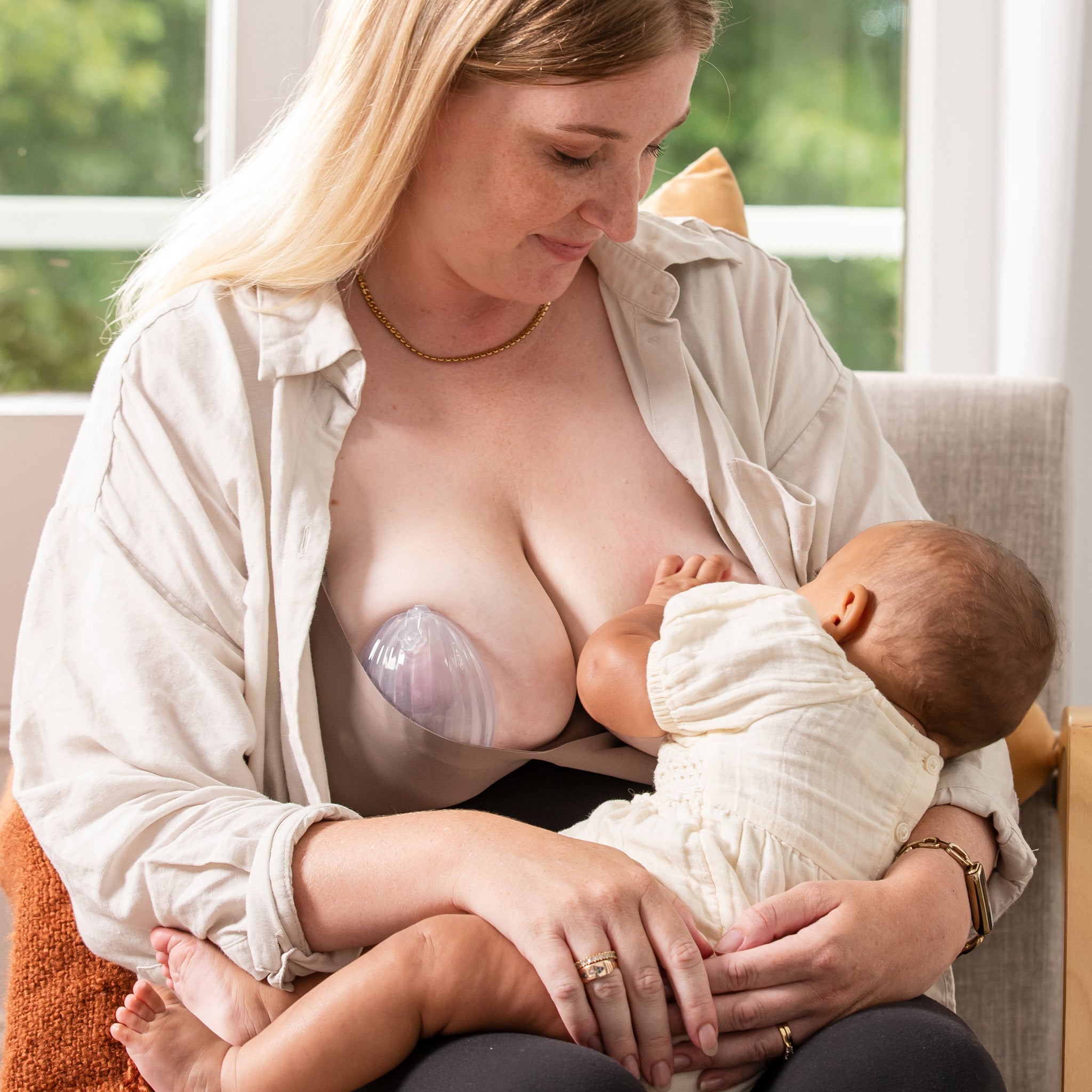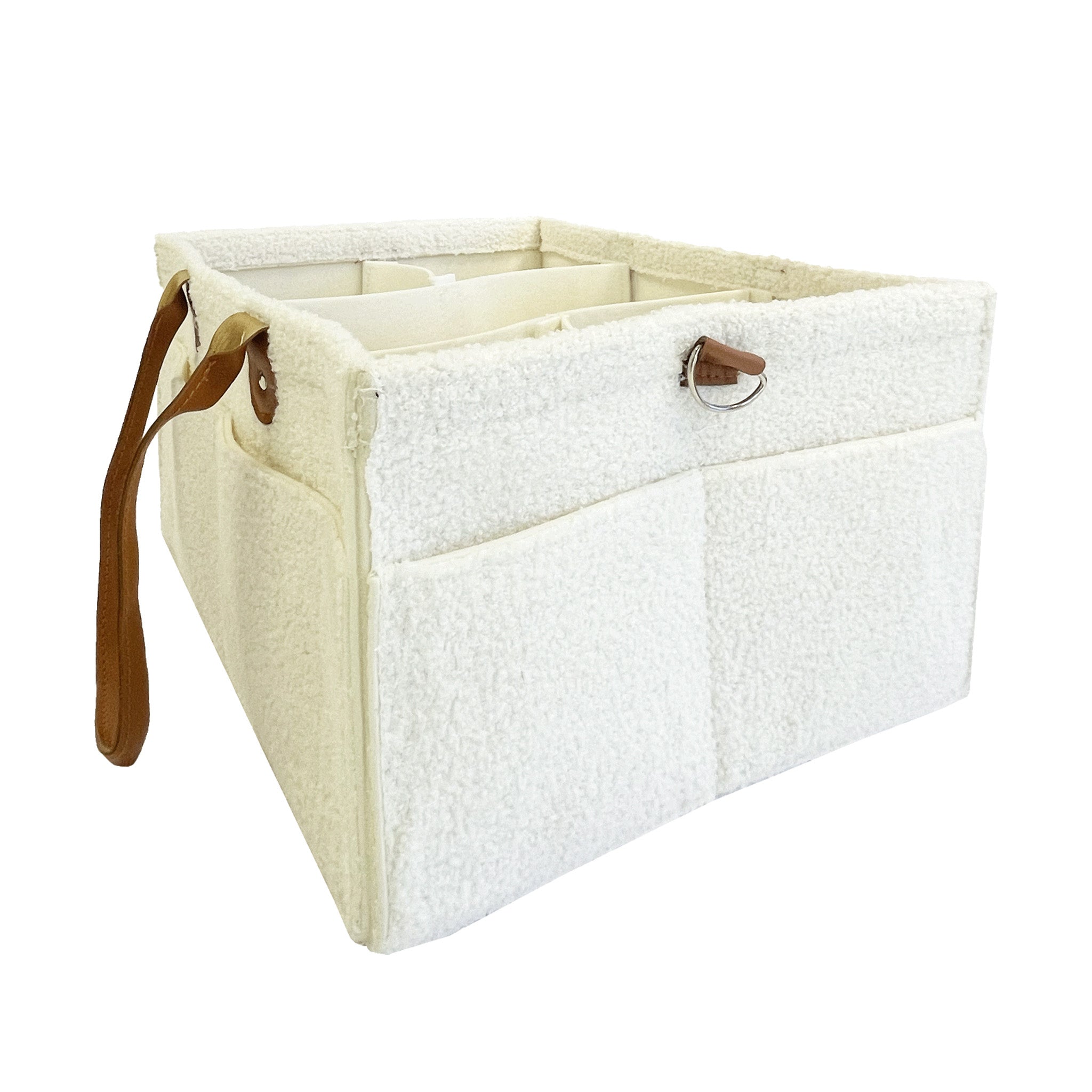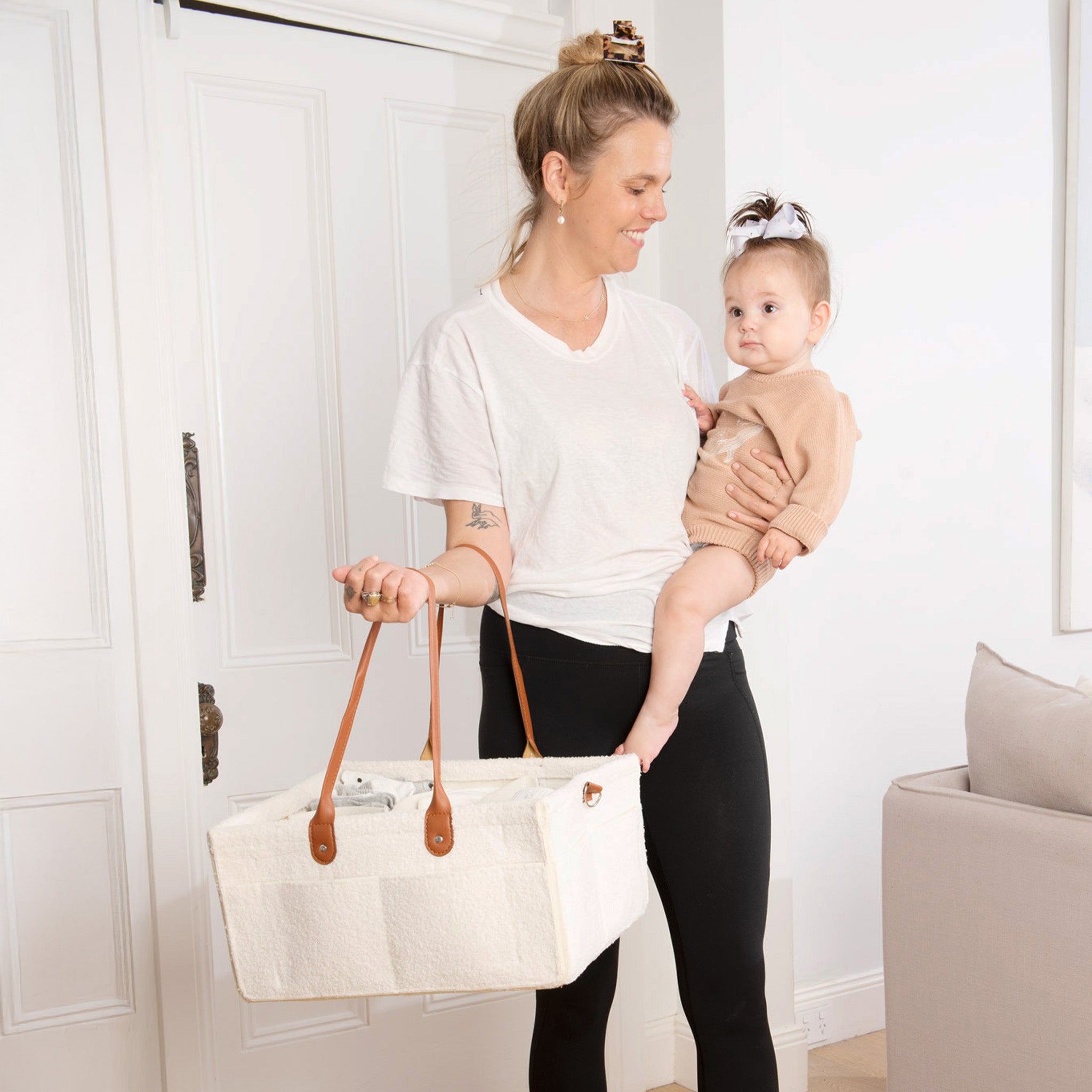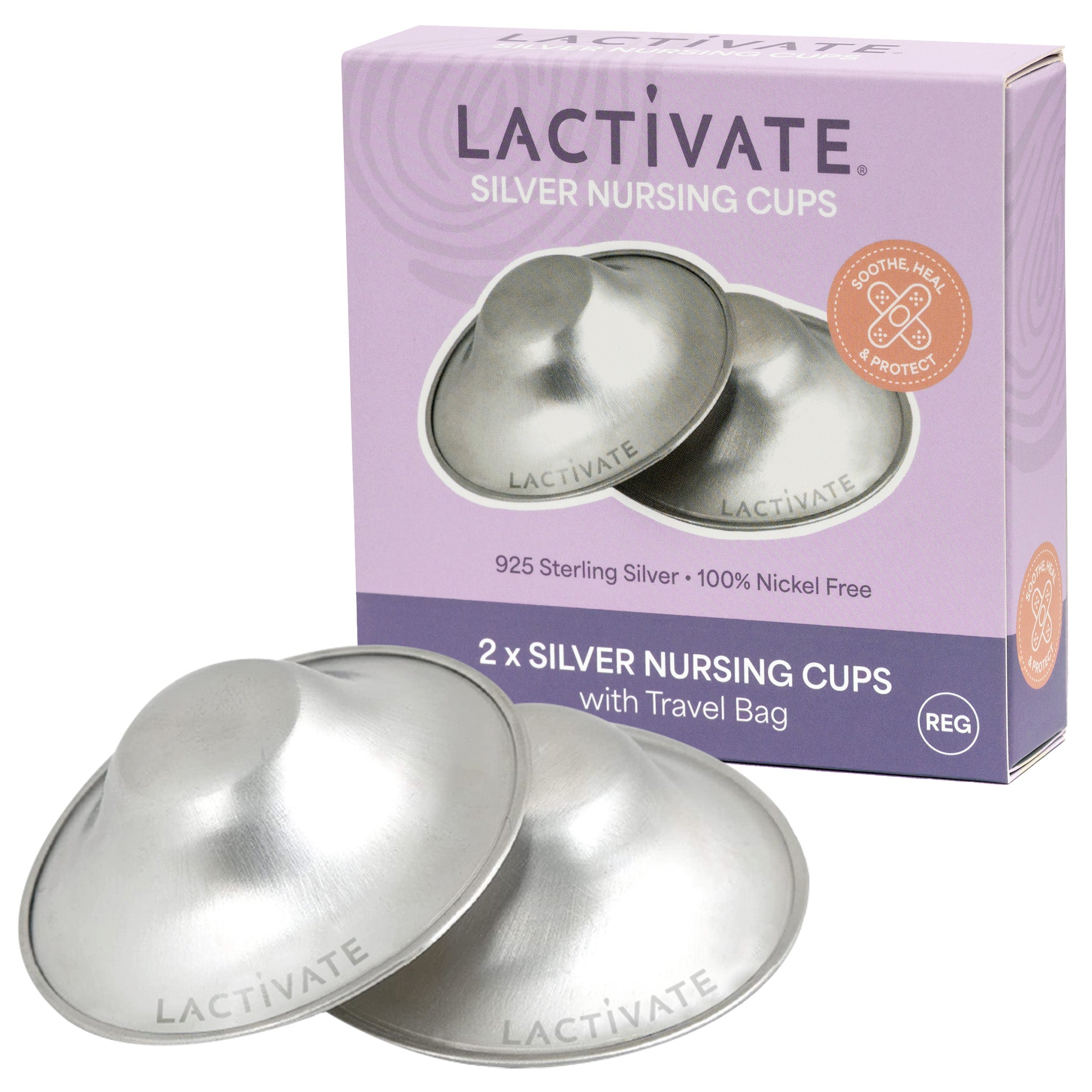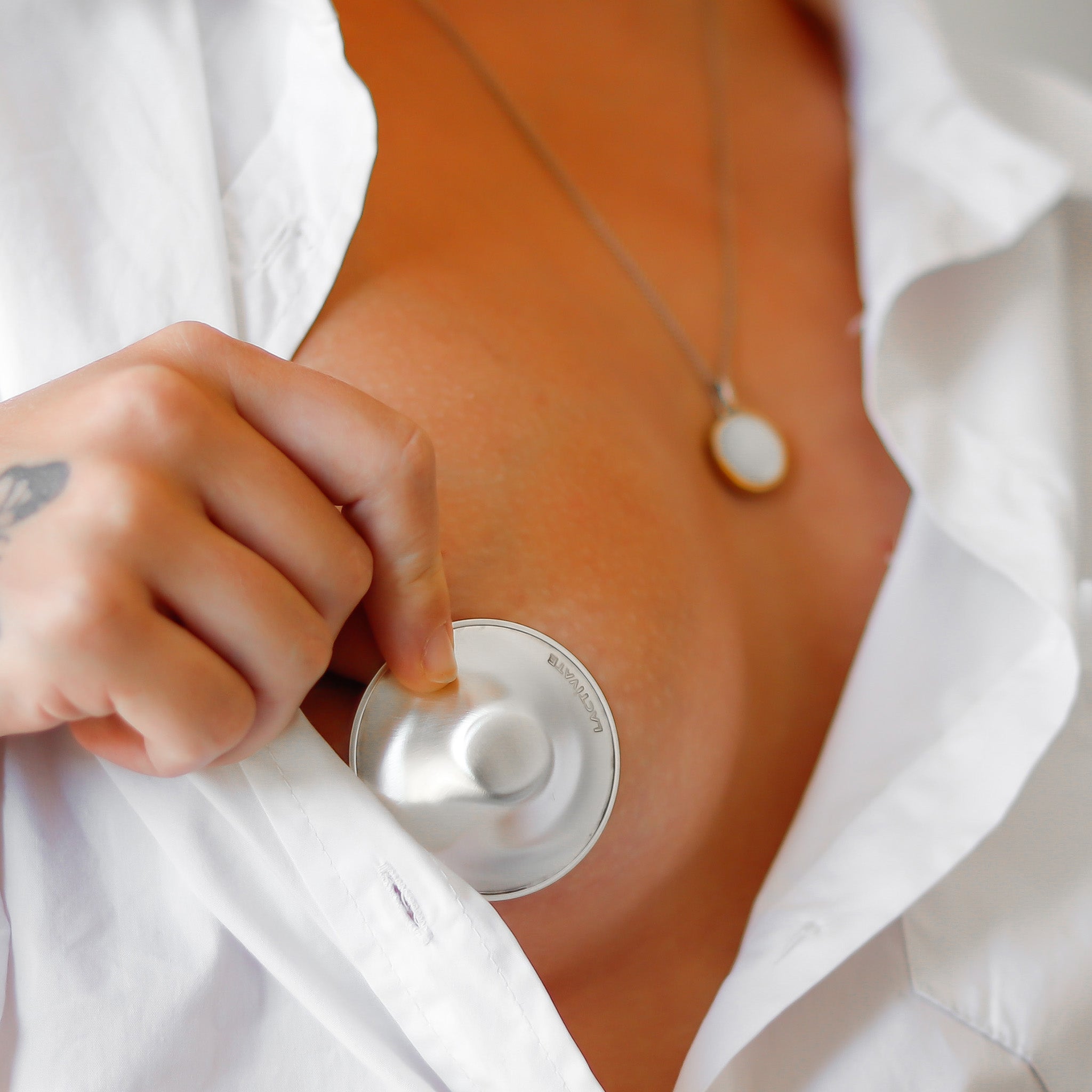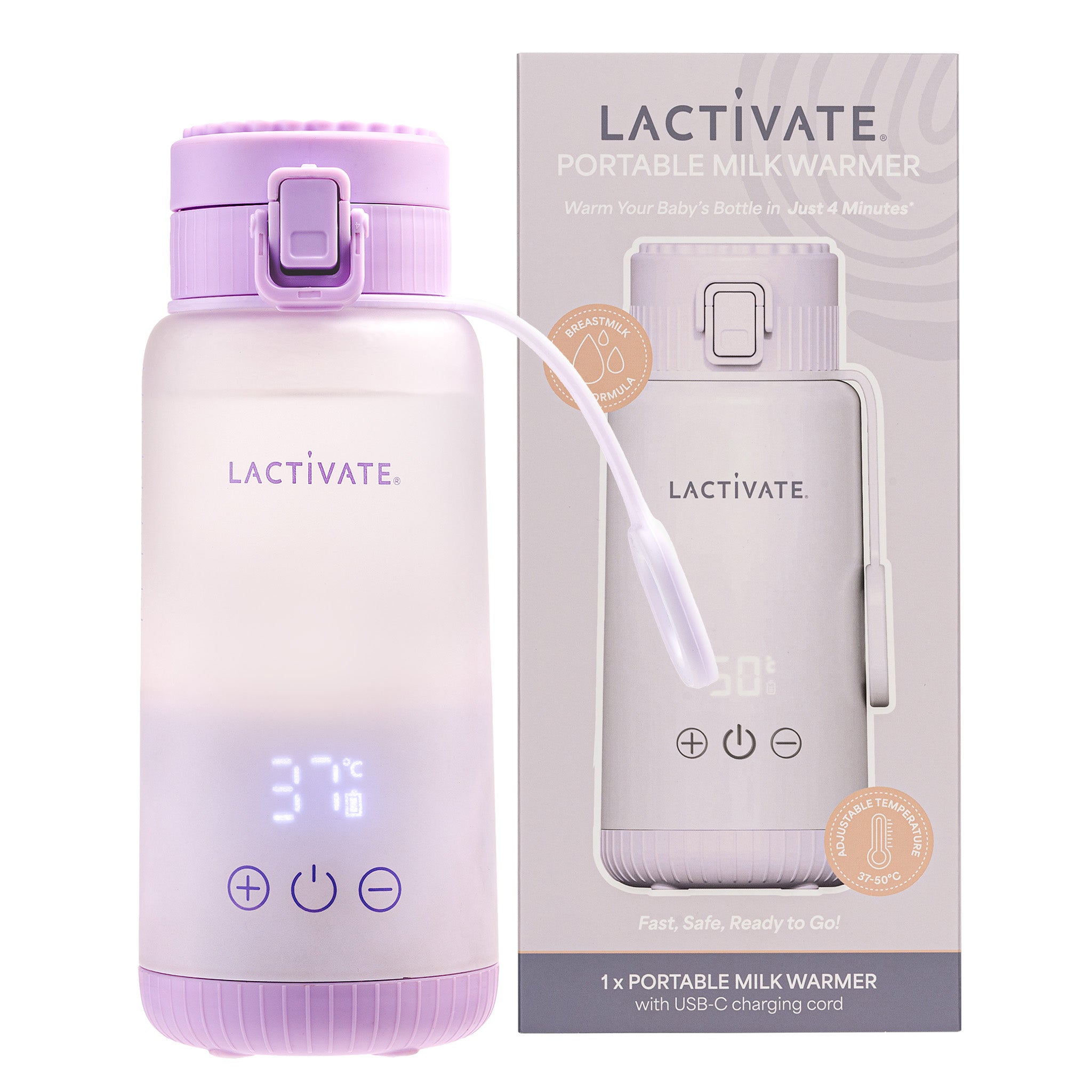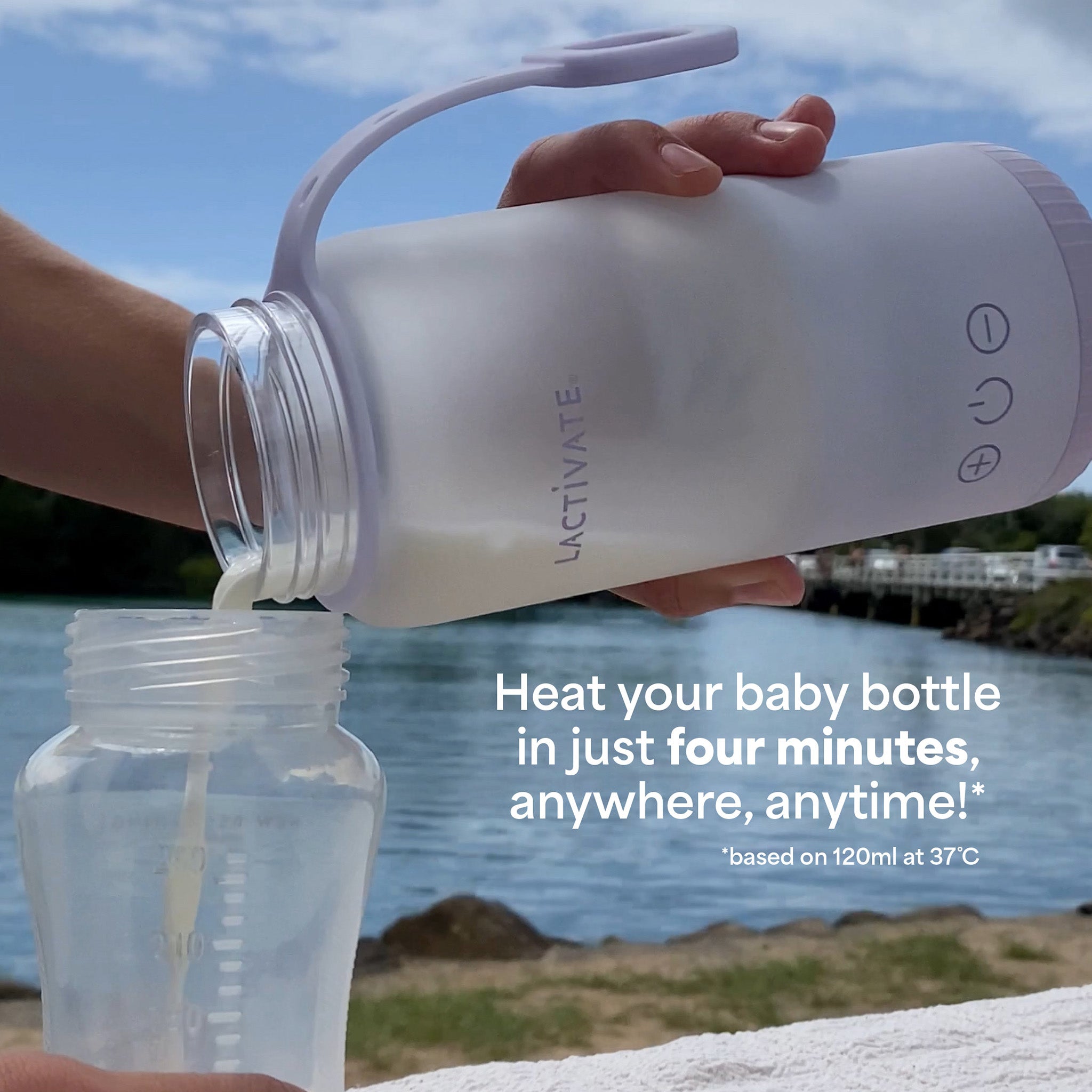Sudden Infant Death Syndrome. Four words that evoke an immediate response in parents everywhere. While incidences of SIDS may have fallen since the 1990’s (thanks in large part to safe sleeping guidelines and increased understanding of risk factors), it’s still important to understand what SIDS is and the best ways to keep your baby safe.
What is Sudden Infant Death Syndrome (SIDS)?
Red Nose Australia, Australia’s leading authority on safe sleep and safer pregnancy advice, and bereavement support, defines SIDS as “the sudden and unexpected death of an infant under one year of age with an onset of a fatal episode occurring during sleep, that remains unexplained after a thorough investigation.” In simple terms, SIDS refers to the sudden, explained death of an infant while they are sleeping.
Sudden Infant Death Syndrome (SIDS) falls into the Sudden and Unexpected Death in Infancy or SUDI category which is used to describe the sudden and unexpected death of a baby where the cause is not obvious. SUDI figures will include SIDS deaths alongside things like accidents.
Why does SIDS happen?
The exact cause of SIDS remains unknown but research has identified a number of factors that are thought to heighten the risk.
These include:
- Being born prematurely and/or having a low birthweight
- Being exposed to tobacco smoke either while in-utero or after birth
- Breathing obstructions or other minor illnesses
- Environmental factors including sleeping on soft or potentially dangerous surfaces, getting tangled in bedding or otherwise having airways/breathing obstructed
It is thought that babies who die from SIDS struggle to respond to these factors and stresses which impacts their heart rate, breathing and temperature.
Preventing SIDS
Research has found 6 key preventative behaviours that can lower the risk of SIDS occurring. These include:
- Sleeping your baby on their back (not on their side of stomach)
- Keeping the mouth and nose free and unobstructed during sleep
- Keep the sleep environment free from bedding, blankets or other potential obstructions
- Keep the environment smoke free before and after birth
- Sleep your baby in a safe sleep approved bassinet or cot in your room
- Breastfeed if you can
Creating a safe sleeping environment
Creating a safe sleep environment is one of the best ways to lower the risk of SIDS. A safe sleep environment for your baby ensures that they can rest comfortably, without any obstruction. A safe sleep environment includes:
- A firm sleeping surface that meets Australian Standards.
- The mattress should fit properly into the cot or bassinet without any gaps to ensure baby can’t get trapped between the mattress and side of the cot/bassinet.
- No bedding, blankets or pillows in the sleeping space.
- A safe baby sleeping bag if using one
- A moderate temperature that isn’t too hot or cold
It is recommended that infants up to 12 months old sleep in the same room as their parents or caregivers as a preventative strategy against SIDS.
Breastfeeding and SIDS
Breastfeeding has been shown to have protective factors against SIDS and as such, are included by Red Nose Australia as part of their protective guidelines. It is thought that a number of different aspects of breastfeeding, including components of the milk itself, maternal behaviour and the actual act of breastfeeding itself, contribute to reducing the risk.
For parents who are unable to breastfeed, Red Nose Australia recommends parents follow the other five evidence-based Safe Sleep Recommendations to reduce the risk of Sudden Unexpected Deaths.
SIDS and Co-sleeping
Red Nose Australia recommends that your baby has their own safe sleeping space but also recognises that some parents may choose to bed-share and co-sleep and want to do so safely.
To create the safest possible environment, the following is recommended:
- Place baby on their back to sleep in the family bed
- Remove bedding, pillows or anything that could cause an obstruction.
- Use a baby safe sleeping bag with no hood and baby’s arms out.
- Do not swaddle or wrap baby
- Ensure mattress is firm and flat without any underlay or things like an electric blanket which can increase the risk of overheating
- NEVER sleep with baby on a surface like a couch or rocking chair
- Tie up long hair and remove anything that could pose as a strangulation risk (dummy chains, teething necklaces or other jewelry worn by parents)
- Move bed away from the wall so that baby cannot roll and get trapped between the bed and wall
- Create a clear space in your bed and place baby on their back to the side of one parent, away from the edge.
- Do not allow other children or pets in the bed at the same time.
It is also recommended that parents only co-sleep or bed share when they are not under the influence of any alcohol or other drugs including prescription drugs that may cause drowsiness.
Support after SIDS
Finding support if you have experienced SIDS can be a hugely confronting yet necessary experience. Red Nose Australia offer 24/7 support and advice through their hotline on 1300 308 307. They can also put you in touch with in person support in your local area.
Visit their website here for more information
Featured Product
The Lactivate® Breastfeeding Bundle includes our best selling Lactivate® Breastfeeding products, the basic essentials for any new mumma's boobies. Pump during or between feeds with our ARIA Wearable Breast Pump, ease common breast concerns such as blocked ducts, mastitis etc, with our Ice & Heat Breast Packs, soothe and heal sore damaged nipples naturally with our Silver Nursing Cups and protect against milky spills and leaks with our Reusable Nursing Pads. Lactivate has got you covered!
For more breastfeeding resources and blogs, check out our resource section

